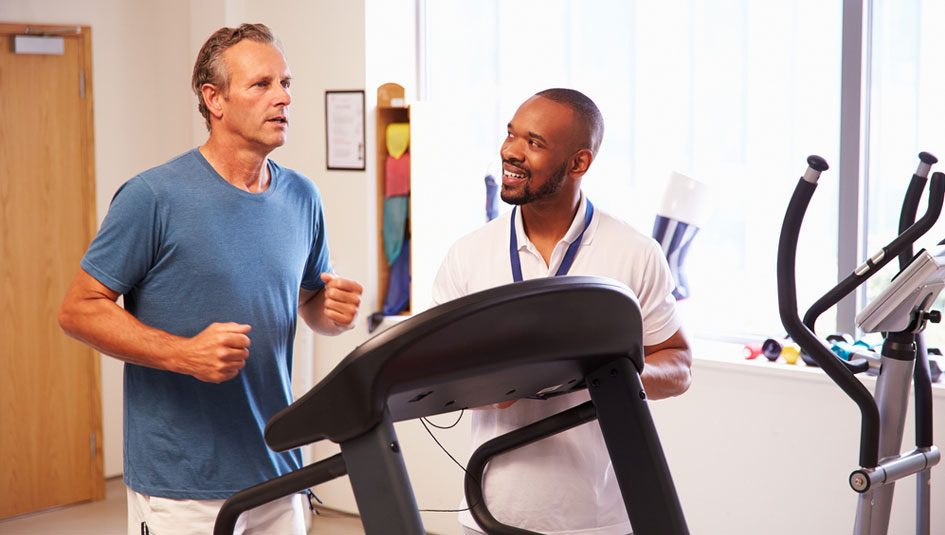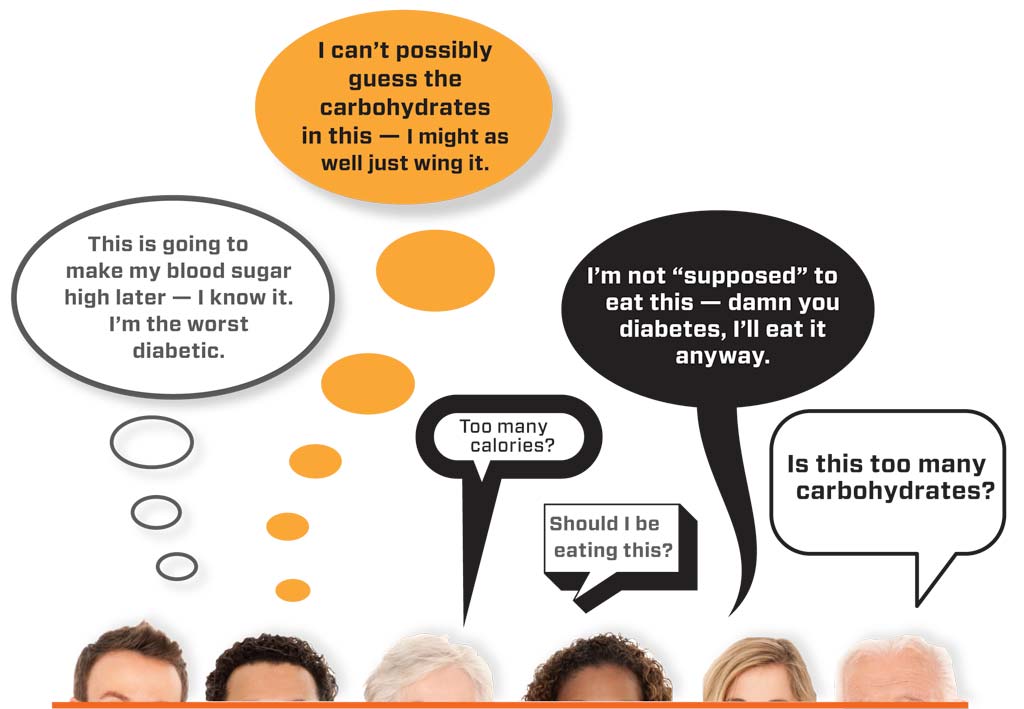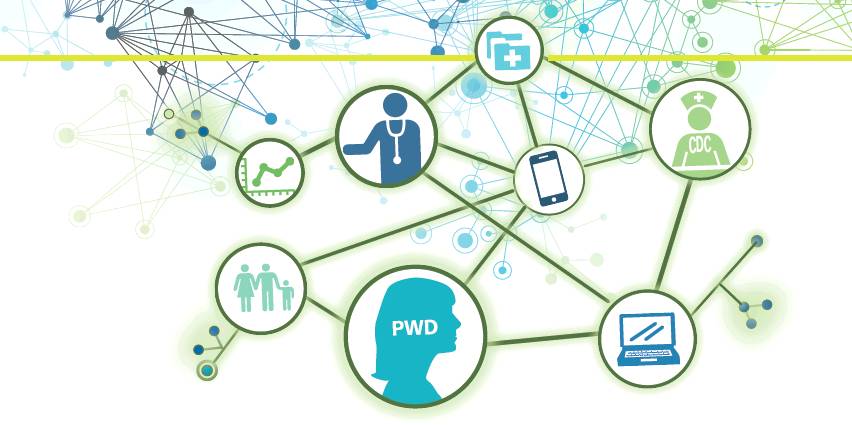Doctors Won’t Tell You About One Exercise Trick to Cut Your Insulin Needs in Half

You know why they won’t tell you about that one exercise trick to cut your insulin needs in half? Because there isn’t one. If you’re reading this, then you most likely chose to take a look at a health article that sounded too good to be true before sharing it or reacting to it on Facebook, and for this we congratulate you.
Read more: 5 Reasons You Should Never Share Fake Diabetes Cures
Unfortunately, as the number of people who read articles before sharing them dwindles, the number of junk health news sites offering false promises multiplies. In fact, fake news is in danger of overtaking real news in popularity – a recent Buzzfeed analysis found the top 20 fake political news stories got more engagement on Facebook than the top 20 real news stories in the final three months of the 2016 presidential election.
As Insulin Nation’s editor, I’ve decided that it isn’t enough for our organization to provide fact-based news on diabetes; we also have to share how to sniff out fake diabetes news and false cure promises. In the coming months, we’re going to be walking you through ways that questionable health news sites dodge and weave with the truth and rely on junk science to hook readers for those all-important clicks. We also will be doing some in-depth reporting to expose scammers preying on the diabetes community.
Read more: The Type 1 Diabetes News Consumer’s Handbook
Let’s start with this article – the only one where I’m going to use a fake headline to get your attention. In Facebook culture, the headline is often more important than the content of the article in determining an article’s success in finding readers. Because of that, editors (including myself) are under pressure to find the punchiest, most eye-grabbing headlines we can, and that can lead to pressure to, at the very least, bend the truth.
Dubious health news sites want to grab your attention, but usually don’t want to outright lie with the headline, as lying might get one click and then be reported as scammy. Instead, these sites employ headlines that are more akin to bait-and-switch tactics. This headline didn’t explicitly promise you one exercise trick to cut your insulin intake in half – it just said doctors won’t tell you about it. A headline like this might lead you to a video that you would think would tell you about this exercise trick, but the video might instead describe a seminar one can purchase, or the click might lead you directly to a product being sold.
How do you combat this? When you read a headline like this, see how it makes you feel. If you feel giddy or furious at a headline, take a deep breath and put on your critical thinking cap before clicking or hitting the share button. Look at the source before clicking on the story, and see if it’s recognizable. If you do click on the article or watch the video, look back at the headline and see if the content satisfies what the headline promised.
Most importantly, don’t share links to fake health news, even as a joke. If you have to discuss news of the fakery, do so with a screenshot. Think of fake news as a virus, and you don’t want to spread the contagion
If you have any suggestions for fake diabetes news or fake offers we should look into, please email me at cidlebrook@epscomm.com.
We are indebted to On the Media for inspiration for this campaign. You can listen to the part of a podcast episode that inspired this article here.
Thanks for reading this Insulin Nation article. Want more Type 1 news? Subscribe here.
Have Type 2 diabetes or know someone who does? Try Type 2 Nation, our sister publication.







